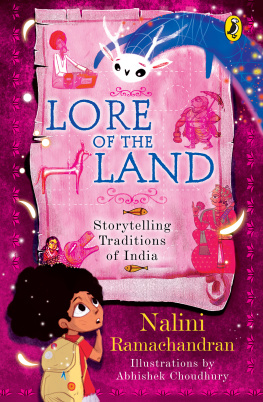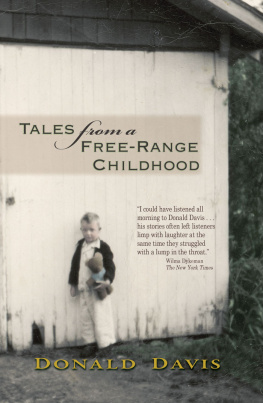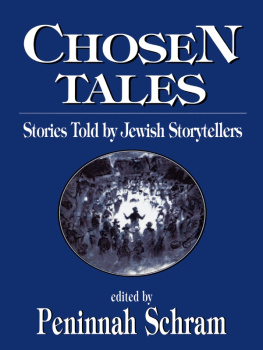2014 by the Board of Trustees
of the University of Illinois
All rights reserved
Manufactured in the United States of America
C 5 4 3 2 1

This book is printed on acid-free paper.
Library of Congress Control Number: 2014940415
ISBN 978-0-252-03842-6 (hardcover)
ISBN 978-0-252-09630-3 (e-book)
Acknowledgments
The field research on which this book is primarily based was funded by a Fulbright Senior Research Grant in 20034. I also wish to acknowledge the support I received as a research associate at the Five College Womens Studies Research Center at Mount Holyoke College in South Hadley, Massachusetts, in 20056, and as a research associate/visiting faculty member in the Womens Studies in Religion Program at Harvard Divinity School in Cambridge, Massachusetts, in 20089. I am thankful for financial support provided by the Center for the Studies of Race, Ethnicity and Gender and the Provosts and Dean of Arts and Sciences Offices at Bucknell University. I am deeply indebted to Dollie Sah for her unflagging engagement in this project as a research assistant and bahinincluding many hot days of transcription performed in an uncomfortable barbers chair! I want to express my gratitude to Dollies parents and siblings for providing me with shelter, sustenance, and human connection, as well as the twin offerings of protection and freedom. I very much appreciate the careful transcription and translation work on the stories that was carried out with me by Smriti Jaiswal and Mita Jha. Finally, I am personally grateful to Missie Pressly (in memoriam) and Ojae Michal Beale for their emotional and practical support at different periods in this project, as well as to family, friends, and colleagues all along the way.
Portions of were published earlier in my article Talking Tools, Suffering Servants, and Defecating Men: The Power of Storytelling in Maithil Womens Tales (Davis 2009b). Both are used here with permission.
Introduction
The Living Story and the Storying of Life
Khs gelait ban me, socha pn man me. The story went into the forest, the thoughts into ones own mind, rhymed Sukumariya Devi Dhanukh. Her tattooed arm first waved outward toward the imagined forest and then drew inward to touch her sternum lightly with gnarled, life-worn fingers. In this manner, Sukumariya Devi brought to an end the tale she had been elaborating. With this rhetorical closing, she also intimated a theory about the relationship between stories, space, and movement on the one hand and thinking, feeling subjects on the other.
This book explores how storytellers harness the genre of folktale to grapple with particular arenas of meaning and practice in their lives. More specifically, the book is about Maithil women living in a Nepal-India border region; about their storytelling; and about the relationships between the social, cosmological, and physical worlds from and into which their stories flow, on the one hand, and storytellers own culturally shaped but nonetheless singularly formed hearts and minds, on the other. More particularly, the volume explores how Maithil women construct and negotiate cosmological principles, social values, behavioral norms, and relational selves through the everyday practice of folk storytelling. Each chapter retells intriguing, often fantastical, and sometimes quite funny stories while also incorporating ethnographic and personal information gleaned from field research and interviews, as well as story illustrations painted by Maithil women themselves. In engaging such expressive forms and practices and the women who shared them, the study addresses three interrelated subjects. First, it examines the cultural work accomplished by Maithil womens storytelling. Second, it investigates, for the case of Maithil women, the ontological and epistemological relationships among folktales, life experiences, and personhood. Third, and most broadly, the text queries how Maithil womens perspectives evidenced in their stories complicate our understandings of South Asian Hindu conceptions of the self, the social, and the sacred.
Maithil Womens Tales theorizes the role of storytelling in contexts of cultural dissensus, especially in regard to the persistence of unsanctioned or nonnormative ways of understanding and acting upon reality. The volume investigates the complex manner in which agency, virtue, and other key aspects of the human condition are constructed through the telling of Maithil womens tales. It shows how the practice of folk storytelling serves some of the functions of personal storytelling in a context where opportunities for the latter are suppressed in conjunction with a range of cultural constraints on womens mobility and speech, as well as with broader forms of marginalization in the global fields of knowledge production and circulation. By juxtaposing folktale thematics with those emergent in storytellers own life histories, the study also explores how the construction of meaningful, moral selves happens at the conjunction of lived experience and folk narrative.
Sukumariya Devi is but one of several women whose expressive artsfolktales, festival tales, and life stories, as well as paintings and song lyricsare featured in this book. Maithil womens expressive genres display astonishing semantic and formal richness. Their story plots include that of a loyal dog who reveals a wifes infidelity to her husband; a set of household tools who gossip about a mother-in-laws mistreatment of a young bride; the journey of two friends down a ladder into the watery recesses of a pond; a pregnant jackal who decides that instead of eating the human baby her devoted husband has procured at her request, she will bring up the baby instead; a human baby who swallows a goat to eliminate its sins; and a gods daughter who breaches norms limiting female mobility and sexuality, ultimately winning the devotion of girls and women whose festivals reenact her story year after year.
Sukumariya Devis evocation of the rhyming terms ban (forest) and man (mind/ heart)the juxtaposition between landscape, mindscape, and bodyscapeis exceptionally compelling in the context of Maithil womanhood, which, through the imperatives of purdah (discussed at length later), entails a significant degree of constriction of movement and speech both in and outside domestic spaces.
This books investigation commences with two stories through which I begin to sketch the theoretical, methodological, and cultural landscapes of the study. I commence with my own tale of a chance first meeting with Sukumariya Devi. This narrative provides an initial window into the rural Maithil cultural and social setting and also into my research design. It serves too as an introduction to the storytellers themselves, who are the foundation of this project. I follow my own narrative with Sukumariya Devis Tailor Tale, a story about a man, his unfaithful wife, and his much more faithful dog; and









 This book is printed on acid-free paper.
This book is printed on acid-free paper.